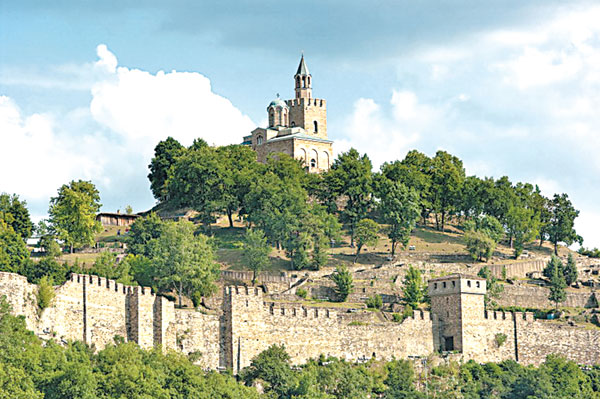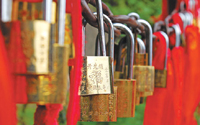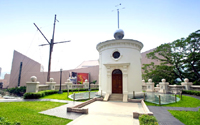Luxury train ride, breathtaking sceneries and bloody legends
Updated: 2012-12-06 13:05
By Sindy Chan (China Daily)
|
||||||||
 |
|
Veliko Tarnovo, the medieval capital of Bulgaria, is a World Heritage site. Provided to China Daily |
London Gatwick is packed with crisscrossing travelers. My husband and I stand in a long line with laptops out, belts off and pockets empty, getting ready for pre-boarding security check.
We are flying to Budapest and, ultimately, to board the Danube Express' four-day Transylvanian East train journey from Budapest to Istanbul, via Romania and Bulgaria.
We arrive in Budapest one day before the train departs. It is our second visit to the city after six years. Fond impressions of 1,000-year-old Budapest remain, just as much as the less than perfect experience of outrageous charges for a short taxi ride.
We retreat to our room at the 19th century Four Seasons Hotel Gresham Palace to enjoy fascinating views of the grandeur of the Royal Palace up on Castle Hill of the Buda side. The illuminated Chain Bridge is right outside our window.
The long-anticipated legendary Danube Express train journey begins as we step into morning reception at the royal waiting room of the 130-year-old Budapest Nyugati Station.
The high-ceiling, baroque-style lounge was once exclusively for Austro-Hungarian Emperor Franz Joseph and Empress Elizabeth. Panoramic flashy mirrors holding century-old stories are timeless admirers of Empress Sissi.
Danube Express is a collection of period carriages dating back to the 1950s used by post-war Hungarian presidents or as postal trains.
The navy and cream carriage livery makes its first stop at Lajosmizse where Hungarian horsemen in blue nomad riders' costumes welcome us. There is no platform. We land on wooden steps, then hop on horse-drawn carriages.
After a steaming and dusty half-hour ride, we are taken to a ranch for a traditional Hungarian equestrian show.
The highlight is seeing one horseman riding on two horses with his hands crossing over his chest. Transylvania, or the historical region of Central Romania, has been known for vampires ever since Irish novelist Bram Stoker (1847-1912) published Dracula in 1897.
In Stoker's novel, Bran Castle was home to Vlad the Impaler, the tragic character of the vampire story. Visiting the real Bran Castle on a sunny morning hardly conjures images of a blood-sucking creature.

 'Taken 2' grabs movie box office crown
'Taken 2' grabs movie box office crown
 Rihanna's 'Diamonds' tops UK pop chart
Rihanna's 'Diamonds' tops UK pop chart
 Fans get look at vintage Rolling Stones
Fans get look at vintage Rolling Stones
 Celebrities attend Power of Women event
Celebrities attend Power of Women event
 Ang Lee breaks 'every rule' to make unlikely new Life of Pi film
Ang Lee breaks 'every rule' to make unlikely new Life of Pi film
 Rihanna almost thrown out of nightclub
Rihanna almost thrown out of nightclub
 'Dark Knight' wins weekend box office
'Dark Knight' wins weekend box office
 'Total Recall' stars gather in Beverly Hills
'Total Recall' stars gather in Beverly Hills
Most Viewed
Editor's Picks

|

|

|

|

|

|
Today's Top News
Health new priority for quake zone
Xi meets US top military officer
Japan's boats driven out of Diaoyu
China mulls online shopping legislation
Bird flu death toll rises to 22
Putin appoints new ambassador to China
Japanese ships blocked from Diaoyu Islands
Inspired by Guan, more Chinese pick up golf
US Weekly

|

|








